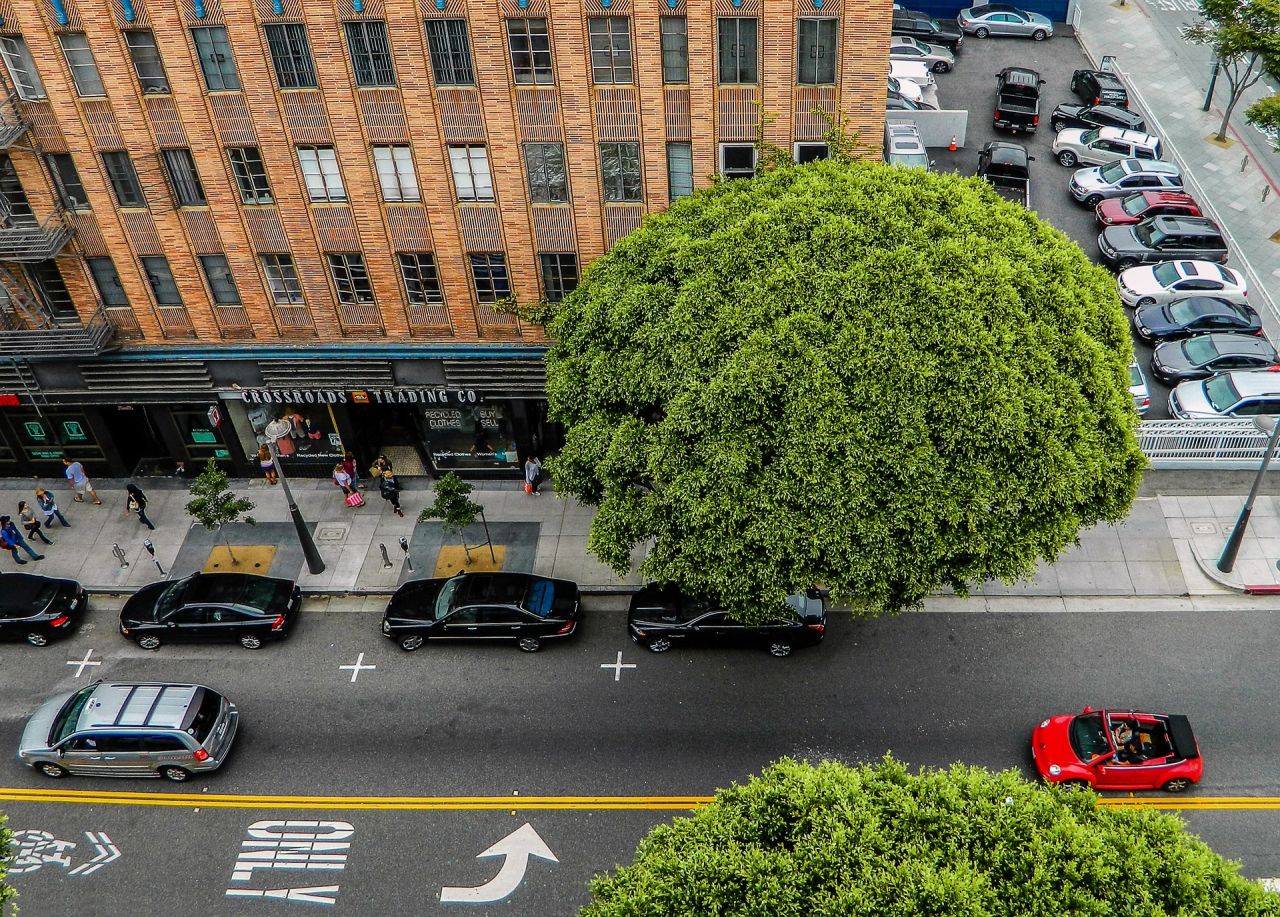Today, California’s new “3 Foot Passing law” takes effect, and is finally the law in the state. It’s been a long time coming—two previous attempts to pass the law met a fateful end at the tip of Governor Brown’s veto pen. The basic idea behind the 3 Foot Passing law is to explicitly spell out to drivers the minimum requirements for a safe pass. For a great summary of how California’s law will work, see California’s “Three Feet for Safety Act”: What you need to know.
But although many cyclists welcome the news, every time a 3 foot passing law is mentioned in the news, one or more cyclists will invariably ask what good the laws are. A common observation is “I’ve never seen the law enforced.” With that in mind, here are 5 reasons why 3 foot passing laws are a great idea:
1. They raise awareness: You can’t turn on the news or pick up a newspaper in California without seeing an article about the new 3 foot passing law. Whether drivers like the law, or hate it, a very public conversation about safe passing distance is now taking place in California. There might be some hermit somewhere in California who hasn’t heard about the new law, but it’s safe to say that most drivers have at least heard that they have to leave 3 feet of distance when they pass a cyclist. And that is huge.
2. They are a minimum, not a maximum: Minimum passing distance laws explicitly tell drivers that when passing a cyclist, they must leave at least the minimum passing distance specified by the law. This is a change from the traditional safe passing laws, which only require that passes be made at a “safe distance.” But the minimum passing distance is only a floor, below which the driver cannot go. The law still requires drivers to pass safely, and if the minimum passing distance is still too close to be safe, drivers are required by law to leave more than the minimum safe passing distance.
3. They change driver behavior: When drivers know what the law is, they can understand what is expected of them. Will some drivers continue to make unsafe passes? Sure. But some drivers will adjust their passing to comply with the law, and that will mean safer passes every time they pass a cyclist. Of course, some drivers won’t change their behavior on their own, which brings us to…
4. They are enforceable: This is the big issue for cyclists. What good is the law if it isn’t (or can’t be) enforced? Well the good news is the laws can be enforced. Police departments in Austin, Texas and Naples, Floridahave shown the rest of the nation how it’s done. If the law isn’t being enforced in your town, sit down with your local law enforcement department and help them learn how it’s done.
5. Dangerous drivers can no longer argue that a buzz was “legal”: “Enforcement” isn’t just about ticketing drivers who pass too close. It’s also about holding dangerous drivers accountable after they pas too close and injure or kill a cyclist. When a dangerous driver passes too close and hits a cyclist, the driver will often try to argue that the pass was “safe” (and thus, legal), but that the cyclist made a mistake and got hit. But with minimum safe passing distance laws, a dangerous driver might still try to argue that the cyclist made a mistake, but can no longer argue that a close pass was “safe”or “legal.”





